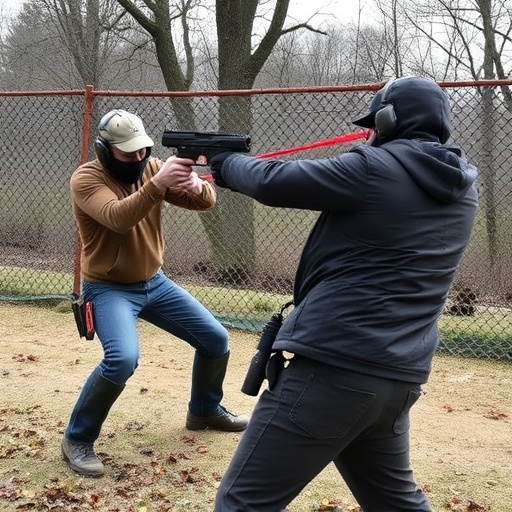Understanding electrical current is key to how best stun guns for personal protection at night work, using controlled pulses to temporarily disable attackers without permanent harm. These devices rely on high-voltage batteries, circuit boards to regulate current, and durable electrodes to disrupt nerve signals in muscles. Effective use requires targeting large muscle groups, regular maintenance, staying informed about local laws, and choosing quality stun guns with features like automatic shut-off for safety during low-light conditions.
“Unveiling the science behind stun devices, this article delves into the critical role of electrical current flow in their disabling mechanism. ‘Understanding Electrical Current’ explores the fundamental principles that power these self-defense tools. We then examine how stun devices channel electric current to achieve their intended effect, highlighting the strategic design choices. Additionally, we discuss essential components ensuring optimal current transmission. For those seeking robust personal protection at night, understanding these factors is key when considering the best stun guns available in the market.”
- Understanding Electrical Current: The Basis of Stun Device Operation
- How Stun Devices Utilize Electric Current for Disabling Effect
- Key Components That Facilitate Current Flow in Stun Guns
- Safety Measures and Best Practices for Using Stun Devices at Night
Understanding Electrical Current: The Basis of Stun Device Operation
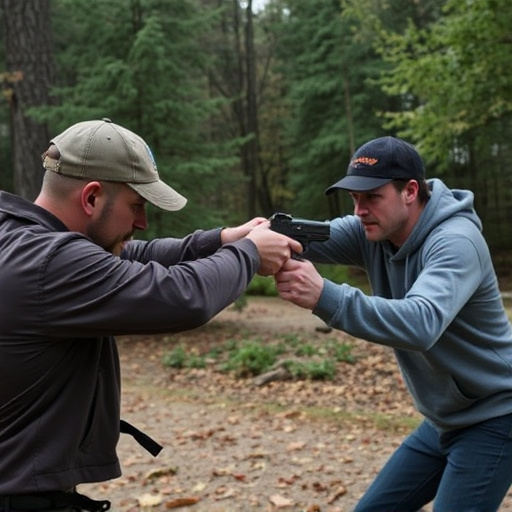
Understanding electrical current is key to comprehending how stun devices operate, especially when considering the best stun guns for personal protection at night. Stun devices function by delivering a strong electric current through two metal probes or electrodes into the target’s body. This sudden influx of electricity disrupts the nerve signals in muscles, causing them to contract involuntarily and resulting in temporary incapacitation.
The electrical current flow is controlled by a circuit that includes capacitors, diodes, and resistors, allowing for precise regulation of voltage and amperage. In stun devices designed for personal protection, this technology ensures users can disable an attacker effectively while minimizing the risk of permanent harm to bystanders or oneself.
How Stun Devices Utilize Electric Current for Disabling Effect
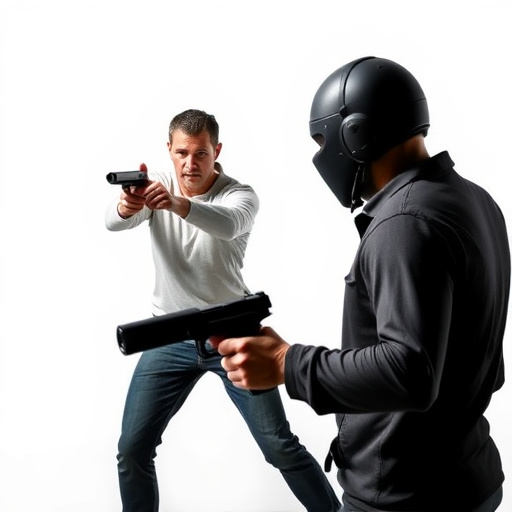
Stun devices, particularly best stun guns designed for personal protection at night, leverage electric current as their primary disabling mechanism. When activated, these devices emit a powerful electrical pulse that disrupts the muscle and nerve signals in the target’s body, temporarily paralyzing them. The current flow interferes with the electrical activity of muscles, causing them to contract involuntarily and leading to a loss of balance and control. This instant and non-lethal effect makes stun guns an effective tool for self-defense, allowing users to incapacitate attackers without causing permanent harm.
The intensity and duration of the electric current play a crucial role in achieving the desired disabling effect. Higher voltage and precise timing ensure the pulse penetrates deep into the body, affecting the largest muscles and nerve centers. This strategic disruption enables individuals to defend themselves against multiple assailants, making them powerful tools for personal safety during dark or risky situations.
Key Components That Facilitate Current Flow in Stun Guns
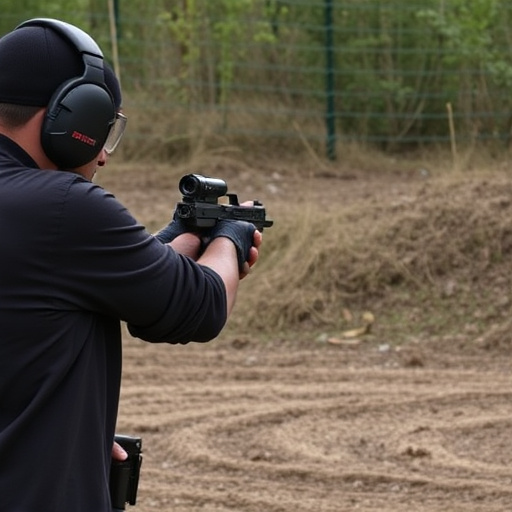
The key components that facilitate current flow in stun devices, particularly the best stun guns for personal protection at night, are critical to their effectiveness. At the core is the power source—typically one or more high-voltage batteries—that provides the necessary electrical energy. These batteries are connected to a circuit board which regulates the flow of current and ensures it reaches the desired level for a powerful shock.
The stun gun’s electrodes, often made of metal alloys designed for durability and conductivity, play a vital role in completing the circuit. When pressed against a target, these electrodes facilitate the transfer of electrical energy from the battery through the circuit board to the target, delivering a strong, brief current that disrupts muscular control and temporarily incapacitates the subject. This efficient current flow is what makes stun guns effective tools for personal protection, especially in low-light or night-time scenarios where traditional self-defense options may be limited.
Safety Measures and Best Practices for Using Stun Devices at Night
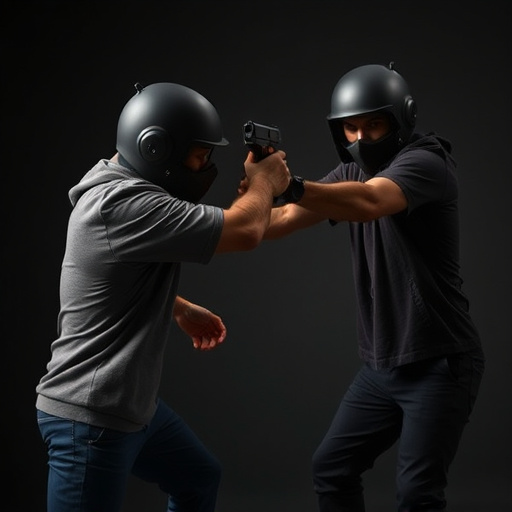
When using stun devices at night, safety measures and best practices are paramount to ensure effective personal protection. For instance, always aim for the larger muscle groups, like the thighs or shoulders, which can maximize the device’s impact while minimizing the risk of targeting sensitive areas. Additionally, familiarize yourself with local laws regarding stun guns to avoid any legal repercussions. Carrying a well-lit flashlight alongside your stun device is another prudent step; it not only enhances visibility but also serves as a deterrent during low-light conditions.
Choosing the best stun guns for personal protection at night involves considering factors such as power output, range, and ease of use. High-quality devices often feature advanced safety mechanisms like automatic shut-off features to prevent accidental activation. Regular maintenance and testing are crucial; ensure your stun device is always in top working condition through periodic checks and practice sessions. Always keep it readily accessible—near exit points or within easy reach—so that you can deploy it quickly when needed.
Stun devices, by harnessing the power of electrical current, offer an effective means of personal protection, especially during nighttime encounters. Understanding how these devices operate on a fundamental level, from the flow of current to their key components, is crucial for making informed decisions when choosing the best stun guns for your safety. By adhering to safety practices, such as those suitable for nocturnal use, you can ensure that stun devices remain reliable tools for self-defense, empowering individuals to defend themselves with confidence in low-light or dark conditions.
